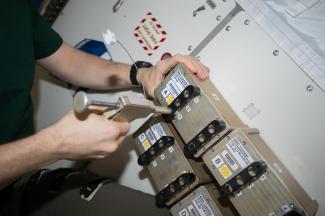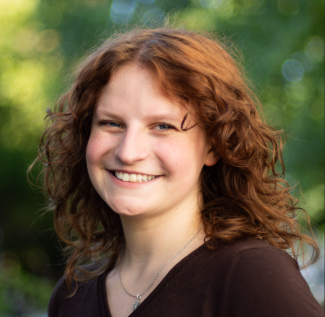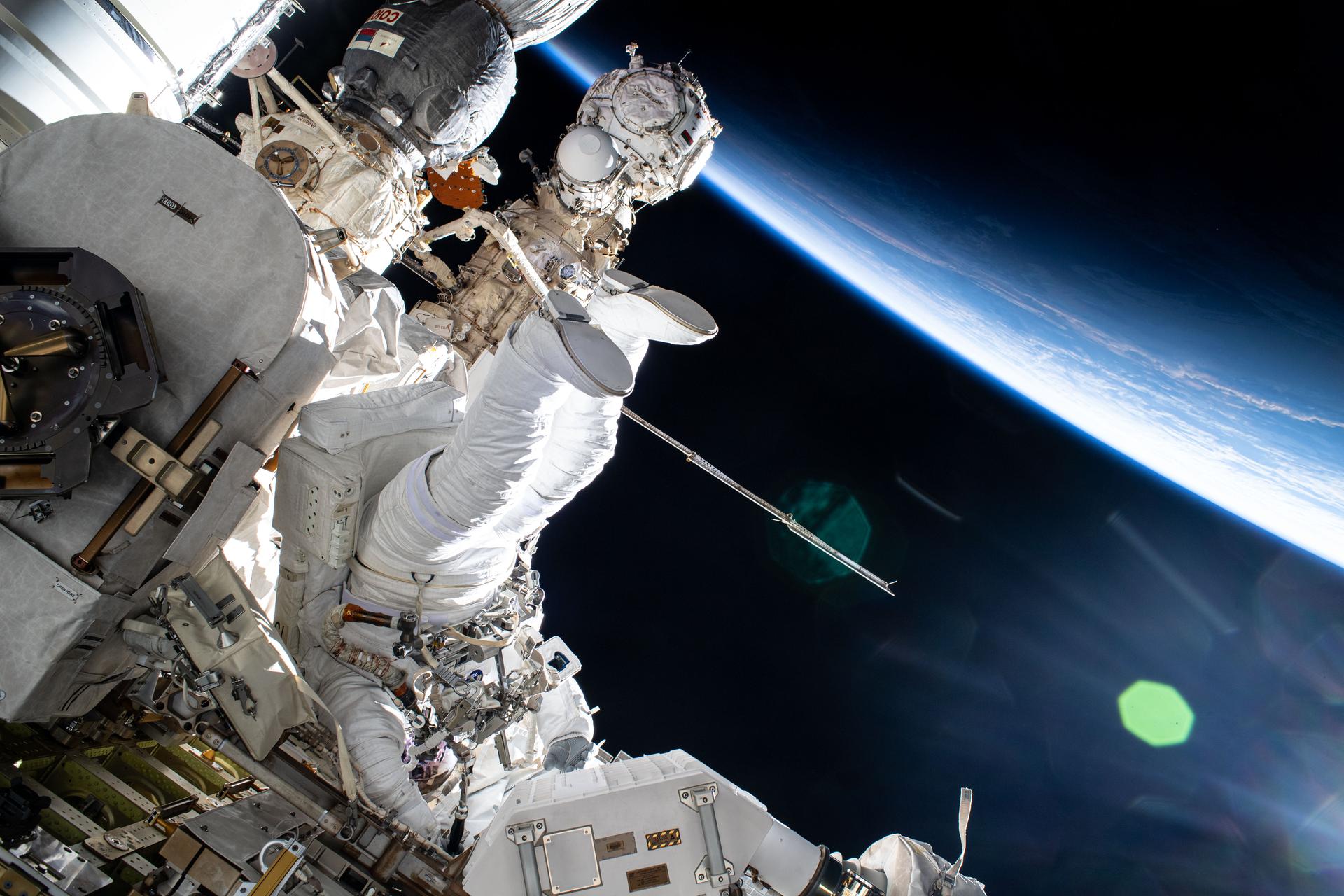
As humanity sets its sights on Mars and beyond, scientists are working to understand how space travel affects not just astronauts but also the microscopic organisms that accompany them. A team of researchers at Ohio University, including associate professor and graduate chair Ronan Carroll, is studying how pathogenic bacteria respond to the zero-gravity environment of space with significant implications for long-term space missions.
The science behind the study
In collaboration with Kelly Rice at the University of Florida, Carroll's team is analyzing bacterial samples that have traveled to the International Space Station (ISS) and back. The bacteria in question, Staphylococcus aureus, is a common pathogen responsible for approximately 15,000 deaths in the United States each year. While it often exists harmlessly on human skin and in the nose, researchers are examining whether zero gravity alters its behavior, potentially making it more infectious.
"The initial findings from our first set of samples suggested that Staphylococcus aureus may become more pathogenic in a zero-gravity environment," Carroll explained. "Our follow-up experiments using simulated microgravity on Earth supported these results. With the latest samples returned in 2024, we hope to further investigate this increased virulence and uncover the mechanisms involved."
Sending bacteria to space
The research is part of NASA’s Biological Research in Canisters (BRIC) program, which enables scientists to study microbial behavior in space. The first set of S. aureus samples launched aboard SpaceX CRS-9 in 2016 as part of the BRIC-23 mission. A second set of samples was sent to the ISS in January 2024 on the NG-20 Commercial Resupply Service mission (BRIC-25) and returned to Earth via SpaceX-30.

Once the samples were back in the lab, the Ohio University team performed detailed gene expression analysis to determine how spaceflight affected bacterial behavior. Carroll credits his research technician, Emily Sudnick (B.S.B.S., '24), for handling the high-stakes processing of the samples.
"There’s a lot of pressure knowing that these samples are irreplaceable if anything goes wrong," he said. "Emily did an incredible job isolating RNA for analysis."
Conducting experiments in space presents unique challenges. Safety protocols require that pathogenic bacteria remain sealed in canisters to prevent contamination aboard the ISS. Limited experimental conditions, such as controlled growth environments and temperature restrictions, add further complexity.
On Earth, researchers face their own hurdles. "When you get the samples back, you only get one shot to analyze them," Carroll said. "That makes precision and preparation critical."

The future of space health research
Understanding how bacteria adapt to space environments is essential for astronaut safety, particularly on extended missions to Mars, where crews could spend months to years in space. If S. aureus becomes more virulent in microgravity, it could pose a serious health risk to astronauts.
Beyond space travel, these findings could provide insight into bacterial behavior in unique conditions, potentially leading to new strategies for managing infections on Earth. Carroll and his colleagues are eager to delve deeper into the underlying mechanisms.
"Bacteria are incredibly small compared to human cells, so if they can sense gravity, it’s likely through a mechanism very different from what we see in larger organisms," he said. "Figuring that out would be fascinating."
With the second round of samples now under analysis, the research team awaits new discoveries that could shape the future of both space exploration and microbiology.
"The more we learn now, the better prepared we’ll be for the next frontier," Carroll said.

